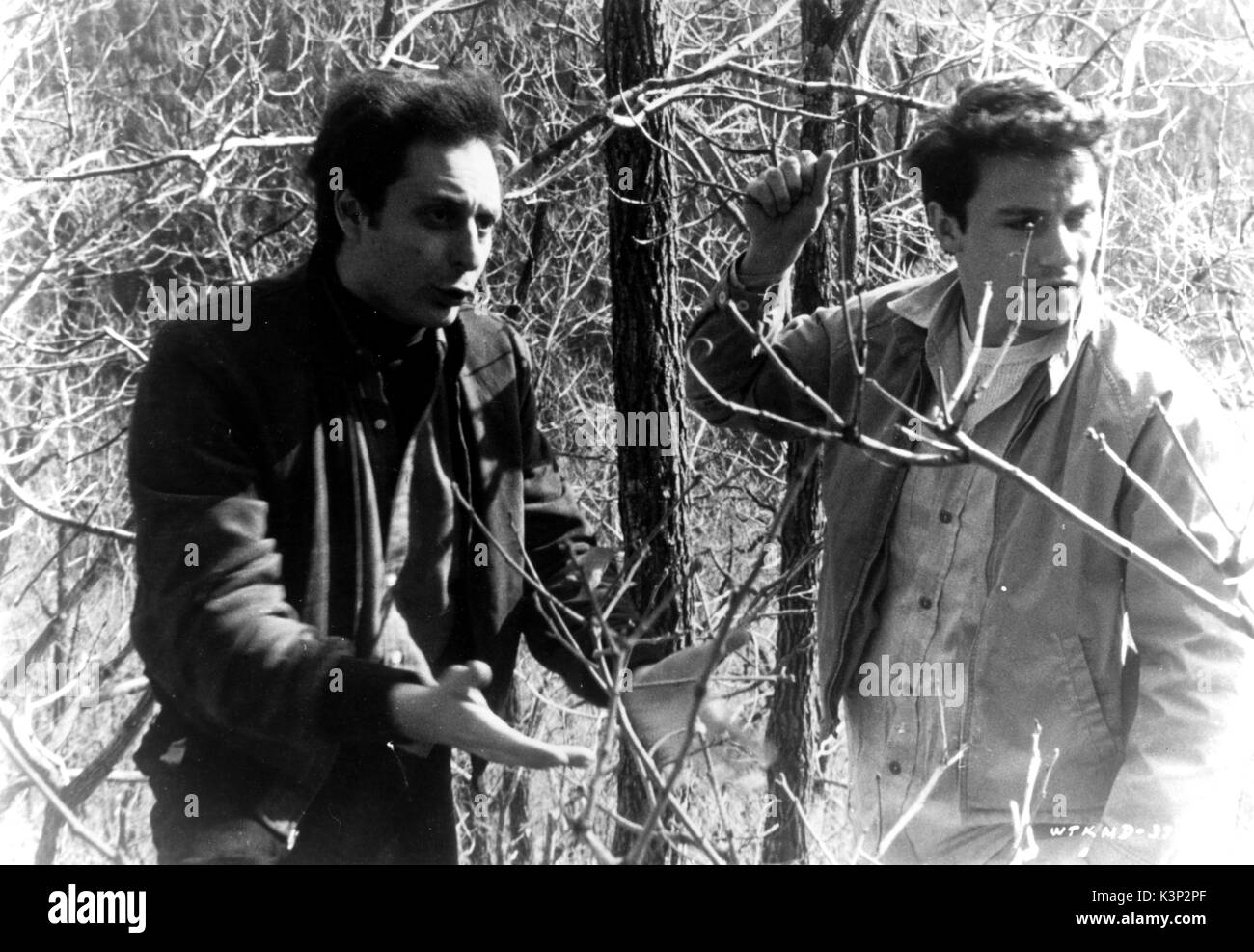
Before we can hear J.R.’s explanation for this, Scorsese bizarrely embarks upon a winded sequence of surrealism where J.R. is swift to dismantle her compliment by claiming that the actress was playing a “broad”. and the woman are leaving a John Wayne film one day, when the lady makes a positive remark about an actress’ performance. We are led to believe that J.R.’s youthful innocence is the main factor in the ignorant sexism that he consistently exhibits, and Scorsese makes this clear through his characterization of J.R.’s cinephile-status. This new band of characters that they lounge with for a bit are gun-toting, testosterone-filled and adventurous, a far cry from the duo’s hometown friend group that find themselves drinking and watching television every night. rejects his lust for love but accepts his lust for life, as he begins to hang around some new folks who bring Joey and him out into rural New York.

finds this unbelievable and goes off into the night to try to distract himself. He believes that she is following suit, but to his shock, she reveals that she has actually not only lost her virginity, but it was the product of rape. pauses the sexual engrossment to declare that he isn’t ready to lose his virginity yet, as he implies that he’s saving himself for marriage.
Whos that knocking at my door 1967 skin#
and the woman engaging in physical romance they lay in each other’s arms on a bed as the camera pans across different sections of their skin until they are presented as one intertwined being where limbs aren’t distinguishable. An example of this follows later in the film when we see J.R. Scorsese crafts moments like this in a potently intimate fashion that places the characters in a spotlight with how he frames the shots.

effectively discards gender formalities to accept that a seemingly petite and gentle woman could enjoy such ferocity. This precedes a particularly insightful moment where J.R. basks in the glory of the measured violence that Wayne consistently executes in his performances, only to discover that the woman shares an interest, or at least a familiarity, in John Wayne’s work. First drawing its international contents in comparison to Italian cinema with subtitles, he then reveals one of his vices in the form of idolizing John Wayne’s brutal domineering characters, particularly his role in The Searchers (1956). He meets a woman (Zina Bethune) and immediately initiates a cinematic tangent from the basis of her foreign magazine. Playboy and films both symbolize aspects of his life that he desires but restrains himself with for the sake of religion.
Whos that knocking at my door 1967 movie#
(Harvey Keitel) is a Catholic Italian-American movie buff that is “in between” jobs and spends most of his leisurely time drinking with friends, such as Joey (Lennard Kuras), and reading Playboy magazines. Similarly, as you’d expect with a low budget film in the 20th century, the film is in black and white, but also relates to its future companions such as Eraserhead (1977) and Pi (1998) for its utilization of candid imagery and surrealist tone.

In Who’s That Knocking at My Door (1967), we see Martin Scorsese’s entry into the pantheon of auteur debuts.


 0 kommentar(er)
0 kommentar(er)
